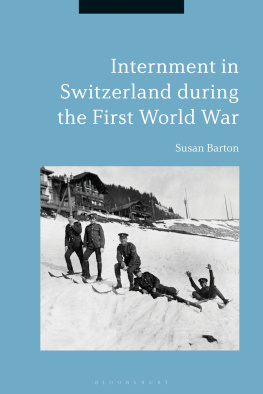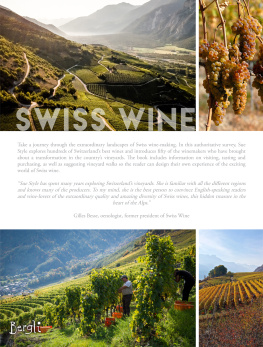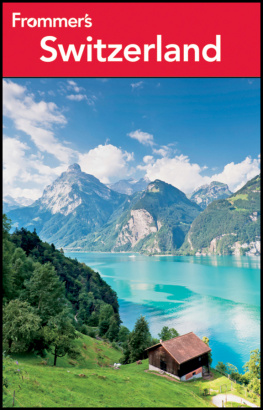Stephen P. Halbrook - The Swiss & the Nazis: How the Alpine Republic Survived in the Shadow of the Third Reich
Here you can read online Stephen P. Halbrook - The Swiss & the Nazis: How the Alpine Republic Survived in the Shadow of the Third Reich full text of the book (entire story) in english for free. Download pdf and epub, get meaning, cover and reviews about this ebook. City: Havertown, year: 2010, publisher: Casemate, genre: History. Description of the work, (preface) as well as reviews are available. Best literature library LitArk.com created for fans of good reading and offers a wide selection of genres:
Romance novel
Science fiction
Adventure
Detective
Science
History
Home and family
Prose
Art
Politics
Computer
Non-fiction
Religion
Business
Children
Humor
Choose a favorite category and find really read worthwhile books. Enjoy immersion in the world of imagination, feel the emotions of the characters or learn something new for yourself, make an fascinating discovery.

- Book:The Swiss & the Nazis: How the Alpine Republic Survived in the Shadow of the Third Reich
- Author:
- Publisher:Casemate
- Genre:
- Year:2010
- City:Havertown
- Rating:5 / 5
- Favourites:Add to favourites
- Your mark:
The Swiss & the Nazis: How the Alpine Republic Survived in the Shadow of the Third Reich: summary, description and annotation
We offer to read an annotation, description, summary or preface (depends on what the author of the book "The Swiss & the Nazis: How the Alpine Republic Survived in the Shadow of the Third Reich" wrote himself). If you haven't found the necessary information about the book — write in the comments, we will try to find it.
This book tells the long misunderstood story of Switzerland in World War II with emphasis on two voices rarely heard. One is that of scores of Swiss who lived in those dark years, as they repeatedly mobilized to defend the country and helped refugees. The other voice is that of Nazi Intelligence, which spied on the Swiss and planned subversion and invasion. Exhaustive documents from the German military archives reveal a chilling rendition of attack plans.
When Switzerland became surrounded by the Axis Powers, it first mobilized a spiritual defense, using the press, cabarets, and newsreels as weapons against totalitarianism, even at the risk of provoking the Nazis. Swiss soldiers recall an epoch when every day could have been the day when all hell would break loose and they would meet the enemy. Blitzkrieg plans against Switzerland devised by the Wehrmacht in 1940 are described, as is how Switzerland became an armed camp with countless fortifications, against which the Axis could have attempted access only with extreme costs in blood.
The book goes on to describe Swiss life during the war with its shortages, alarms, and rumors. A chapter investigates whether Swiss officials played a role in Germanys adoption of the J stamp on Jewish passports, and how Switzerland became a lifeboat for refugees. Another chapter focuses on Davos, where the Swiss struggled against a Fifth Column, and which became a safe haven for American airmen whose crippled bombers made it to Swiss territory. The last chapter profiles Switzerland as Americas window on the Reichhow Allen Dulles and his OSS spied on the Nazis, at times with help from Swiss Intelligence.
Table of Contents
Introduction
Part I: A WAR OF WORDS AND NERVES
1. The Spirit of Resistance
2. The Eyes of German Intelligence
3. Hanging Hitler in Satire
4. Counterattack of the Newsreels
Part II: PREPARING FOR INVASION
5. I Was a Militia Soldier Then
6. Blitzkrieg 1940
7. Switzerland Is a Porcupine
Part III: STRUGGLE FOR SURVIVAL: FOOD, FUEL, AND FEAR
8. Gas Masks and Potato Bread: An Oral History
9. The J Stamp, the Lifeboat, and Refugees
Part IV: ESPIONAGE AND SUBVERSION
10. The Consequences of Encirclement
11. Intruders in Our Midst
12. Americas Window on the Reich: Allen Dulles in Bern
Conclusion
Source Notes
Bibliography
Index
Stephen P. Halbrook: author's other books
Who wrote The Swiss & the Nazis: How the Alpine Republic Survived in the Shadow of the Third Reich? Find out the surname, the name of the author of the book and a list of all author's works by series.










